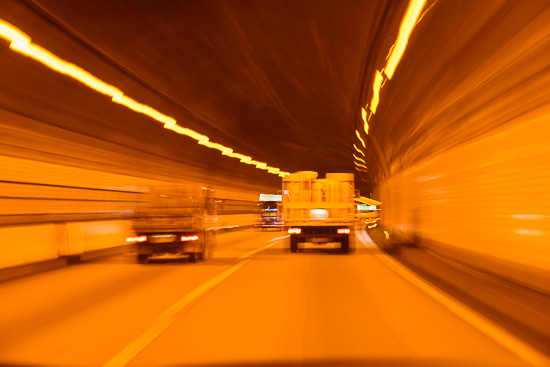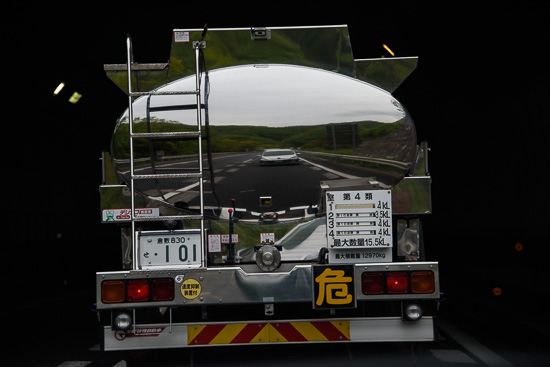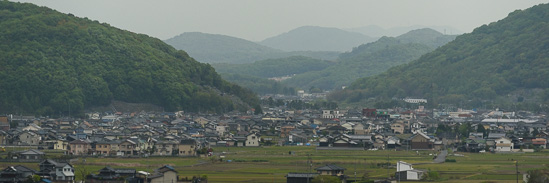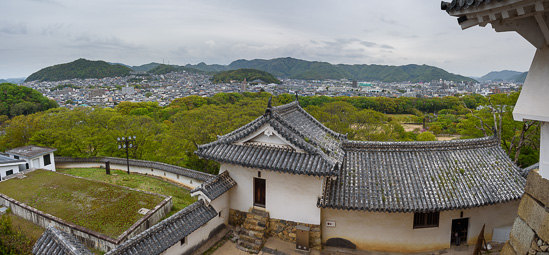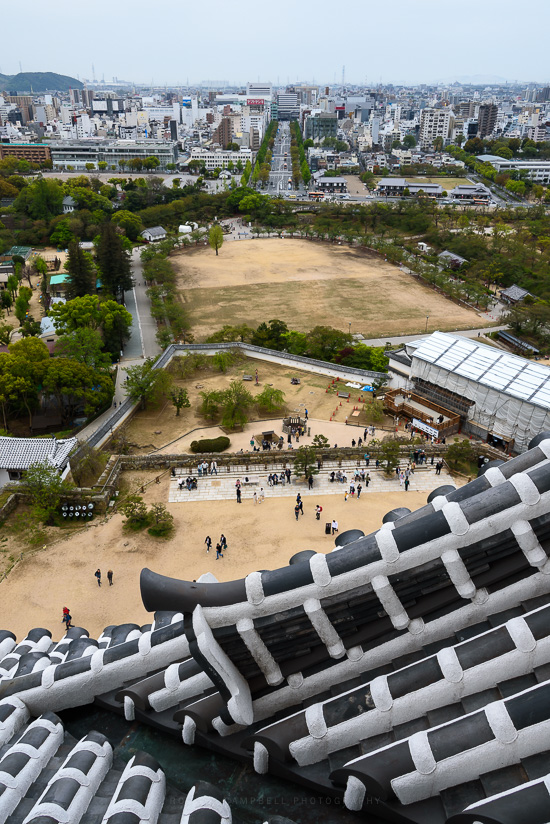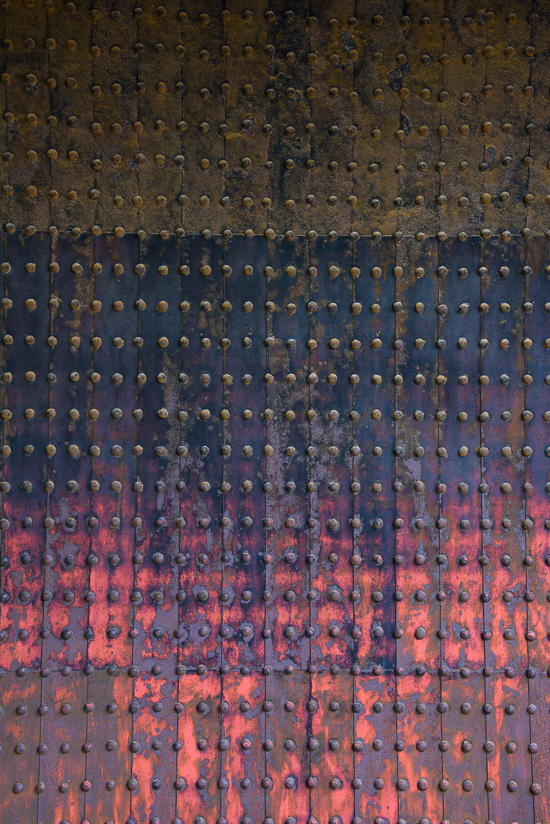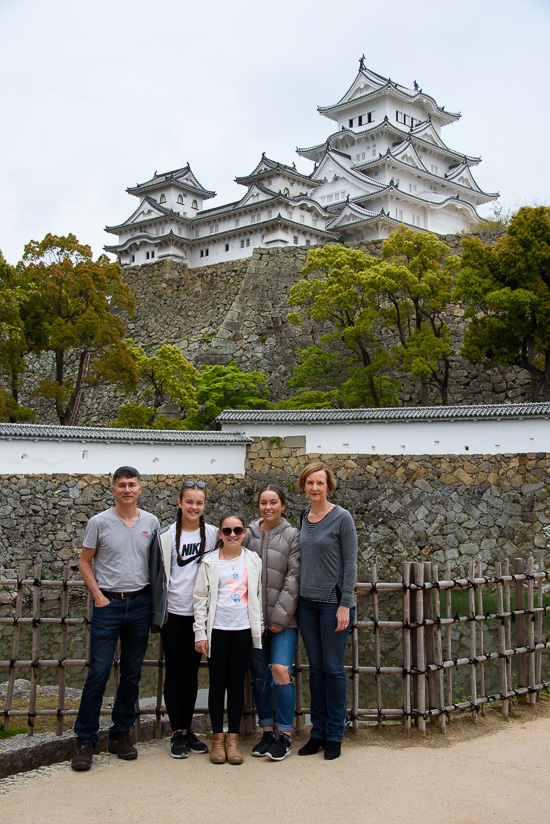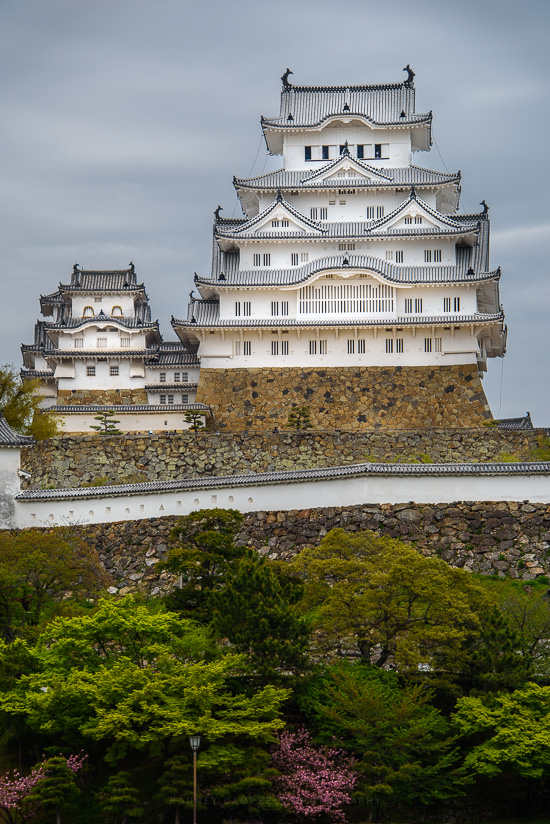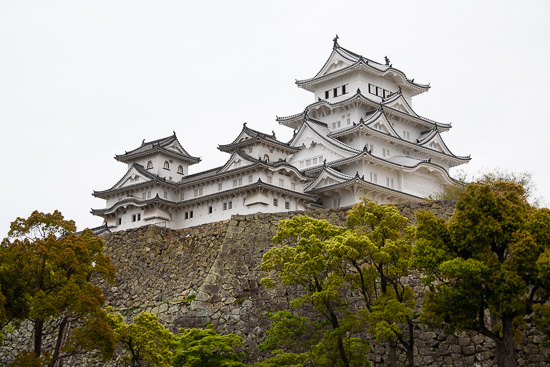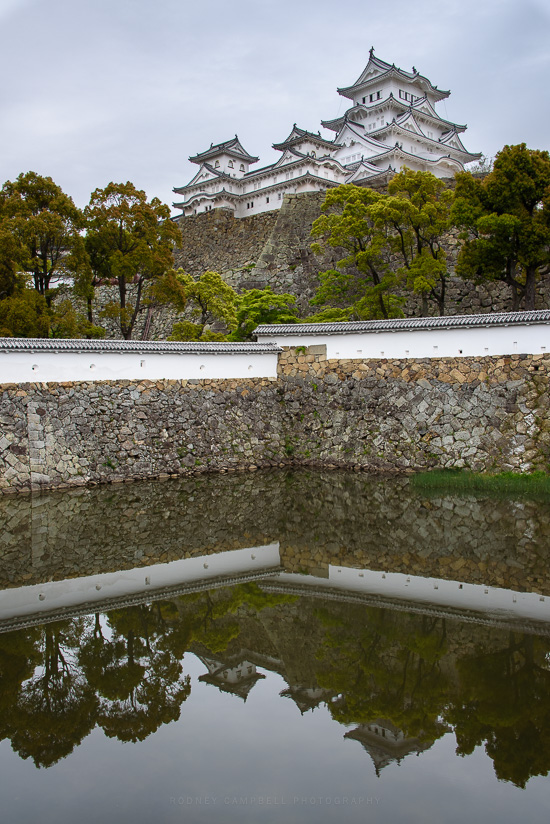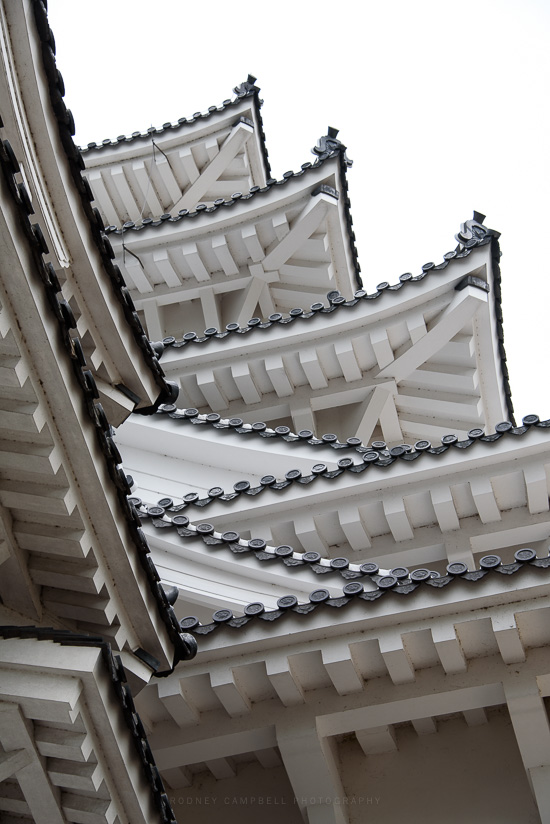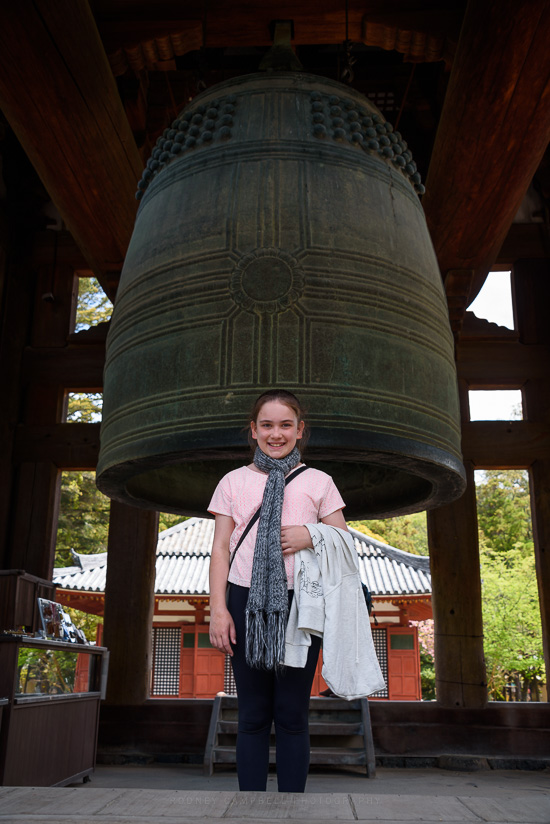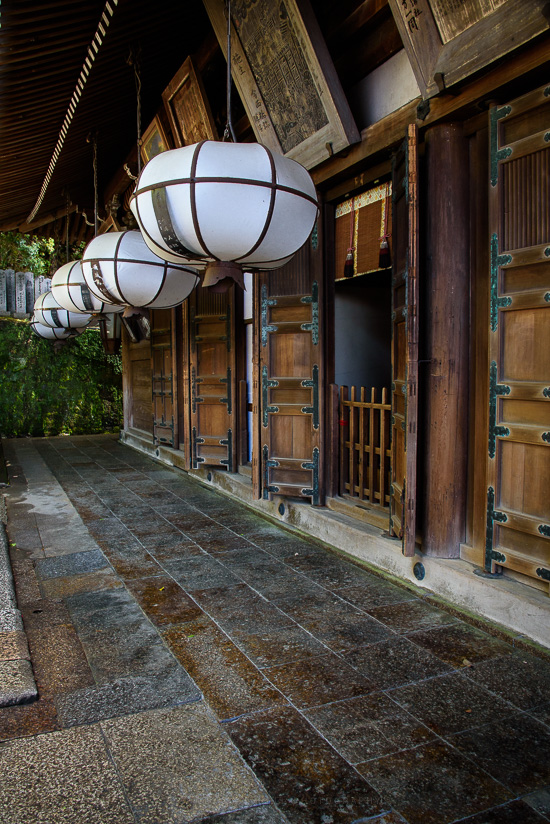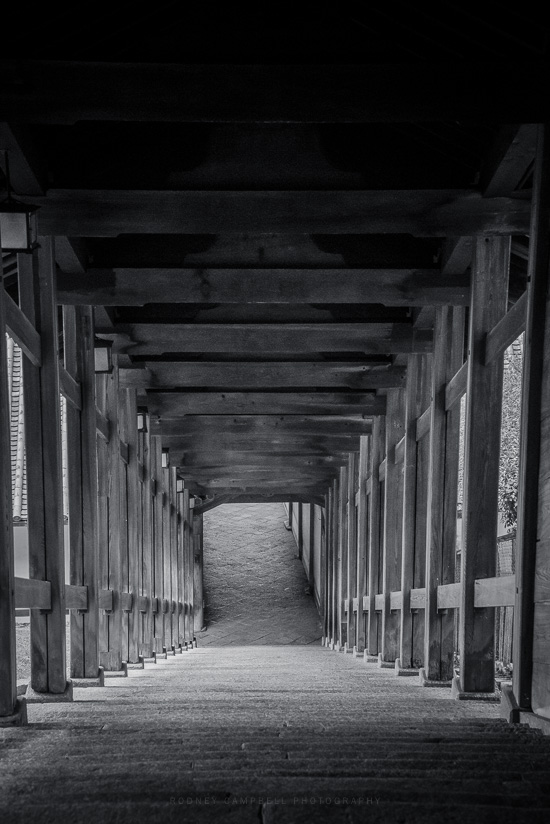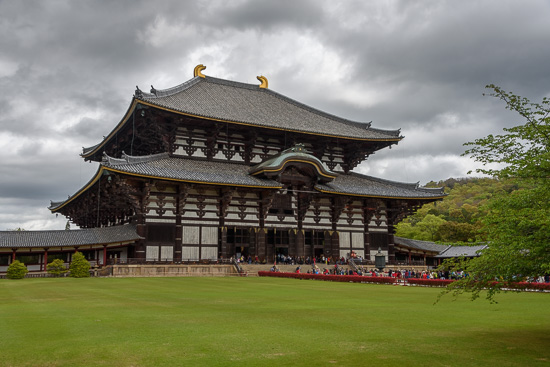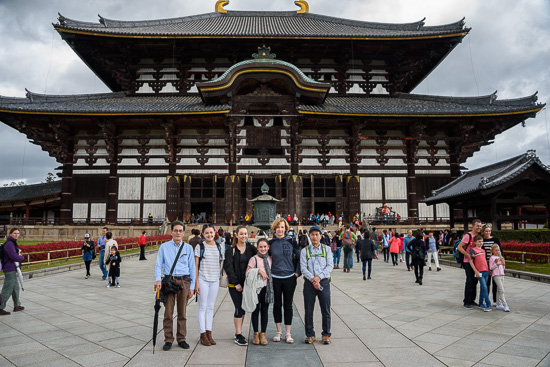Archive for January, 2017
On the Move…
by Rodney Campbell on Jan.20, 2017, under Life, Photography
We were back on the road again and on the move south west towards Hiroshima.
It’s a long drive and even with stops at various places along the way it would take nearly the entire day to reach our destination for tonight.
On the Move
Note: These photographs (especially the wider shots) look much better when larger. To see larger versions in an inline overlay slideshow gallery viewer click any of the images.
Sitting in the car for hours on end isn’t necessarily the most enjoyable. It is however the perfect opportunity to try a little photography on the move :). I was sitting in the back so had to make do with whatever I could from this position :).
Having our car mirrored in the back of this very shiny truck just as it enters a tunnel was a bit of fun.
Drivers Mirror
Trying to capture the feeling of this little farming towns which dot the length of the Sanyo Expressway as we whiz by.
Okayama
Beyond Himeji Gate…
by Rodney Campbell on Jan.18, 2017, under Life, Photography
Most visitors to Himeji Castle enter the castle via the Otemon Gate. Paying for tickets at the Hishi Gate allows you to enter the Castle itself.
The labyrinth-like approach from the Hishi Gate to the main keep leads along walled paths and through multiple gates and baileys with the purpose to slow down and expose attacking forces. At the heart of the complex stands the main keep, a six story wooden structure. It is one of only a handful castle keeps in Japan that feature wing buildings, adding complexity to its appearance.
Himeji Vista
Note: These photographs (especially the wider shots) look much better when larger. To see larger versions in an inline overlay slideshow gallery viewer click any of the images.
The panorama above was taken out of the windows of the lower levels. It’s a handheld stitch of three horizontal frames.
Visitors enter the main keep through an entrance in the lower floor of the building and climb upwards via a series of steep, narrow staircases. As you ascend the levels, each of them get progressively smaller.
The topmost floor houses a small shrine and lets visitors peer out in all directions, down over the castle roofs, at the maze-like defenses below and out across the city of Himeji.
Beyond the Gate
The view from the top is pretty spectacular with vista like views in all directions.
Gate Patina
Back down at the bottom again we can do a quick family portrait with the castle before moving on.
At the Castle Gate
The castle complex as it survives today is over 400 years old and was completed in 1609. It comprises over eighty buildings spread across multiple baileys.
Himeji Castle…
by Rodney Campbell on Jan.16, 2017, under Life, Photography
We bid Kyoto goodbye this morning and would be heading south west towards Hiroshima. We were travelling by car which would enable us to easily stop and see the sights along the way.
Himeji
Himeji Castle (姫路城, Himejijō), also known as White Heron Castle (Shirasagijo) due to its elegant, white appearance, is widely considered Japan’s most spectacular castle for its imposing size and beauty and its well preserved, complex castle grounds.
It is the finest surviving example of early 17th-century Japanese castle architecture.
Note: These photographs (especially the wider shots) look much better when larger. To see larger versions in an inline overlay slideshow gallery viewer click any of the images.
The White Heron
The castle is both a national treasure and a world heritage site. Unlike many other Japanese castles, it was never destroyed by war, earthquake or fire and survives to this day as one of the country’s twelve original castles. The castle recently underwent extensive renovation over several years and was fully re-opened to the public in March 2015.
Himeji Castle
Comprising 83 buildings with highly developed systems of defence and ingenious protection devices dating from the beginning of the Shogun period. It is a masterpiece of construction in wood, combining function with aesthetic appeal, both in its elegant appearance unified by the white plastered earthen walls and in the subtlety of the relationships between the building masses and the multiple roof layers.
White Gables
Karakuni Shrine…
by Rodney Campbell on Jan.14, 2017, under Life, Photography
A short walk to the side of Tōdai-ji is Karakuni Shrine. However just before you get to the shrine is this very nice large bell. Unfortunately for my daughter you’re not able to ring it but you can go right up to it and stand inside. What’s all that ringing in my head :).
Karakuni Shrine
I just loved the details of this old temple high up on the side of the hill. Those funky huge lanterns hanging down the sides, the old worn doors, those signs above the doors. Plus it was nice and cool here in the shade after a long walk up the hill :).
Zoshicho
As soon as I saw this lovely set of old covered stairs I had a photographic idea in my mind. So whilst the family was taking refreshment and rest I spent some time shooting this.
Down and Out
The contrast was heavy with inky blackness and bright full sun sometimes in the frame. So I exposure bracketed frames in the hope that I’d have salvageable pieces to use. I was shooting this all handheld so motion between frames was going to be an issue. Plus I was slightly tinkering with the composition to get it just right. And finally I was waiting patiently for any people to move out of view.
Anyway over a period of just under ten minutes I took six sets of five (5) bracketed frames.
This final image is an exposure merge of the second last set I took. Then converted to monochrome (the random colour in the original was distracting).
Tōdai-ji – the Eastern Great Temple…
by Rodney Campbell on Jan.12, 2017, under Life, Photography
Tōdai-ji Temple, is situated a short walk from the center of Nara, in Nara Park. It is Nara’s most popular tourist attraction and a UNESCO World Heritage Site.
The name Tōdai-ji means Great Eastern Temple, and it was built as the head temple of all provincial Buddhist temples in Japan.
Tōdai-ji, along with Kofukuji and Horyuji, make up the “Big Three” must-see temples of Nara.
Tōdai-ji
Note: These photographs (especially the wider shots) look much better when larger. To see larger versions in an inline overlay slideshow gallery viewer click any of the images.
Tōdai-ji Temple is a complex of buildings that includes the world’s largest wooden structure, the 48m (157 foot)-high Daibutsu-den. The temple houses the 16m high gilt bronze Daibutsu (Great Buddha), cast in 749: also the largest of its kind in the world. The statue contains 437 tonnes of bronze and 130kg of gold.
The temple was constructed in 752 as the head temple of all provincial Buddhist temples of Japan and grew so powerful that the capital was moved from Nara to Nagaoka in 784 in order to lower the temple’s influence on government affairs.
Todaiji’s main hall, the Daibutsuden (Big Buddha Hall) is the world’s largest wooden building, despite the fact that the present reconstruction of 1692 is only two thirds of the original temple hall’s size.
@ Tōdai-ji
The Octagonal Lantern in front of the Great Buddha Hall dates from the time of the founding of Tōdai-ji. The distinctive large fire chamber is covered with a sloping roof surmounted by a jewel-like form. It rests upon a stone base supported by a stone post emanating from a lotiform pedestal.
